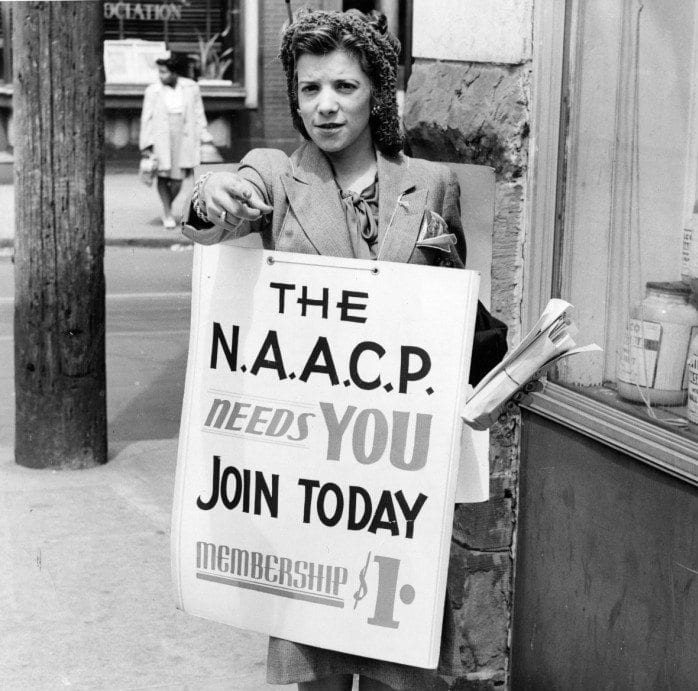For Earth Day (April 22, 2018), the NAACP Environment and Climate Justice Program had a conversation with two local leaders from Indiana and Michigan about Earth Day and the state of the environmental movement in communities of color.
MICHIGAN: For most of my life, Earth Day has been a stark reminder of yet another American tradition in which the basis was formed without people of color in mind. In 1970, the first Earth Day, like the passage of the National Environmental Policy Act and the founding of the U.S. EPA that same year, was held in response to series oil spills throughout the 1960s. Earth Day in particular was prompted by an oil spill off the Pacific coast of Santa Barbara -a predominantly white, affluent beachfront community. To me, Earth Day has been less about promoting the public health and wellbeing of all individuals through conservation and environmental protection and more about protecting the pristine land owned and occupied by wealthy white people.
The shift toward intentional inclusion of frontline communities in the environmental movement over the past few years makes this Earth Day different for me. Different in that I look around the country and see oppressed populations rising up and staking their claim in this movement. One prominent example of this has been the increased national capacity and presence of NAACP’s Environmental and Climate Justice Program. That will be evidenced this Earth Day as NAACP chapters around the country are hosting activities to engage communities of color in ways tied to deeper social justice and civil rights efforts that are taking place year-round. Needless to say, you won’t just see us planting trees on Earth Day 2018 and going on hiatus until the Earth Day 2019.
As we wrestle with various environmental issues in Michigan, we enter Earth Day with our eyes on the prize: clean air to breathe and safe water to drink. As local oil refineries, trash incinerators, and corporate and municipal utility companies continue to pollute our air with toxic emissions, the Michigan NAACP continues to challenge coal-based permits to install, permits to increase toxic emissions, and the expansion of facilities who already have unchecked violations. Recently we also undertook efforts to protect our drinking water sources by providing substantive written public comments on Michigan’s proposed revisions to the Lead and Copper Rule, lifting up our most vulnerable communities and calling for the standard to be zero parts per billion because we know that no level of such a contaminant in our drinking water is safe—Jeremy Orr.
INDIANA: Indiana is a manufacturing state. Industrials energy consumption is 46% and Indiana ranks 8th in the nation for energy related carbon dioxide emissions. There exist communities in dire conditions across our state and nation. Communities like East Chicago, Indiana which has a legacy over 40 years of hosting varying extreme degrees of pollution. The community is within 3 miles of a refinery, landfills, a harbor subject to PCB dumping, at one time the Calumet River was the most polluted river in our nation and multifamily low income apartments and homes built on land once owned by lead smelter and copper refinery, leaving behind arsenic, lead level as high as 91,000 ppm, zinc and other contamination
in the soil. The children suffered with lead levels 7 times the Center for Disease Control referenced levels of 5 micrograms per deciliter. The area is now an EPA superfund site segregated among three zones. The community suffers from contaminated water too and has a bottled water system in place. Unhealthy soil or water impacts our ecosystem, human life, plant life, and bugs. If these life forms die off or are contaminated it impacts us all, and therefore the earth.
The NAACP Indiana worked to support the empowerment of a strong East Chicago Community. We worked with Twin City Ministerial Alliance, First Baptist Church, CAG, and Calumet Lives Matter. We held listening sessions and Roundtables and then developed a thorough report entitled East Chicago Toxic Crisis Report. We launched the Our Youth Scientist Project for Urban Enterprise and Joseph L. Block middle school. We had over 170 students, who brought samples of their resident’s soil, water and dust from their homes. These scholars were engaged, educated, and their empowerment validated. We thanked them for their data and research which was tested and provided to Indiana State University. This is an example of what an environmentally just Earth Day means. East Chicago, like Flint and many other communities of color and low income are in the most need for climate resistant infrastructures, policies and systems.
For us, Earth Day is every day. Fighting for justice and equity is every day and we continue to fight against energy industrial polluting systems that spew out Carbon and pollutants which cause the climate to change. In Indiana we have also stood in the halls of the Indiana General Assembly and the Indiana Utility Regulatory Commission to call for clean and just energy policies. We’ve called for the retirement of coal fired power plants and were victorious. We fight for a better environment for communities of color and will continue this fight until we win—Denise Abdul-Rahman.
Denise Abdul-Rahman, Environmental and Climate Justice Committee Chair for the NAACP Indiana State Conference and Jeremy Orr is the Environmental and Climate Justice Committee Chair for the NAACP Michigan State Conference.



